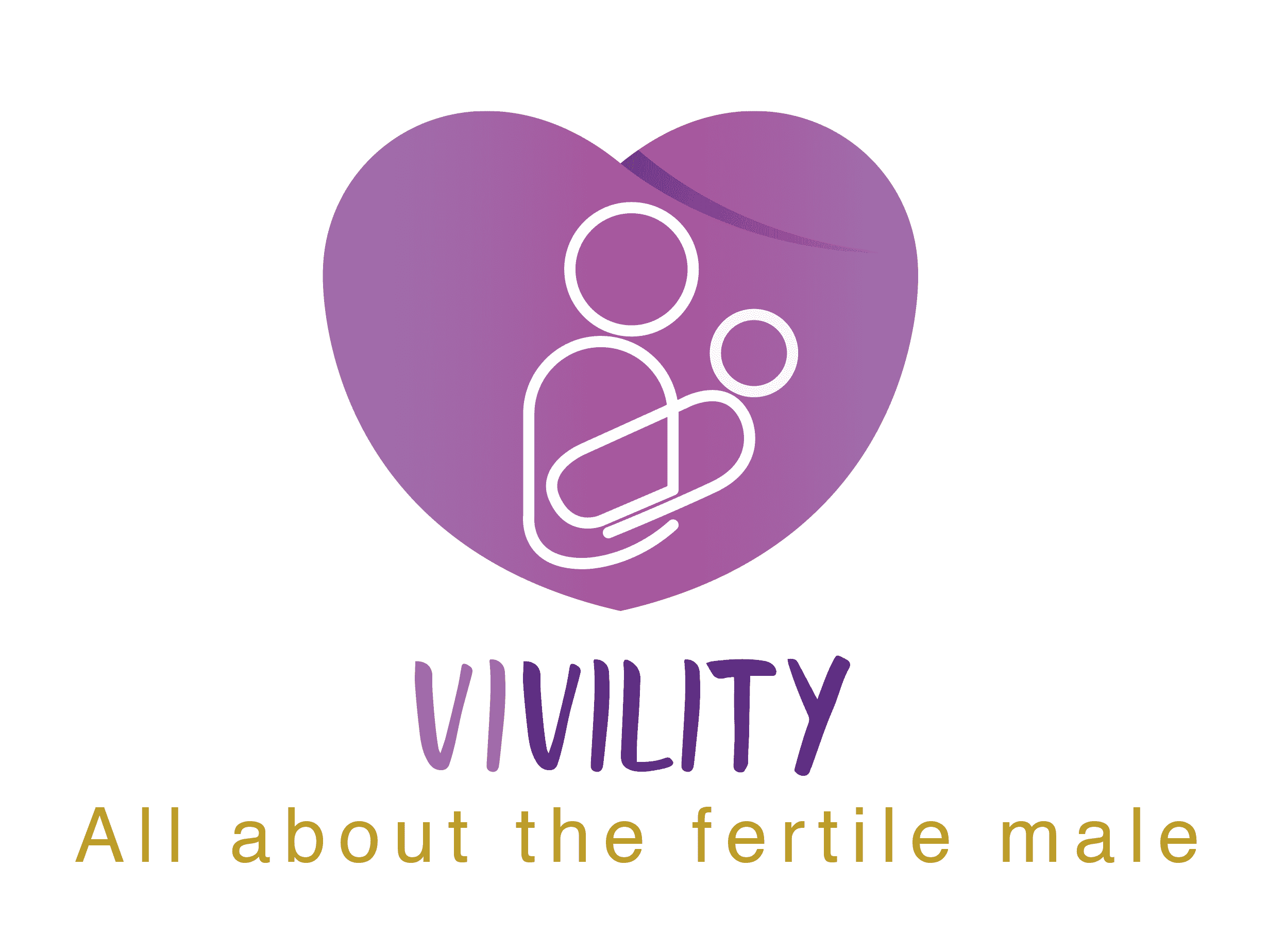If you’re exploring fertility treatments, you’ve probably come across IUI—and one of the first questions that comes up is: “Is IUI painful?” It’s totally normal to feel a little nervous, especially if it’s your first time. The good news? For most people, intrauterine insemination (IUI) is a quick and relatively painless procedure, often compared to a routine Pap smear.
That said, everyone’s body is different, and some may experience mild cramping or discomfort. In this article, we’ll walk you through what IUI feels like, what to expect during and after the procedure, and how to make the experience as smooth and stress-free as possible.
Is IUI Painful? Understand the Intrauterine Insemination Process
Intrauterine Insemination (IUI) is a popular fertility treatment that many couples consider when trying to conceive. But a common question that arises is, “Is IUI painful?” Understanding the IUI process can help alleviate concerns and prepare individuals for what to expect.
IUI involves placing sperm directly into a woman’s uterus to facilitate fertilization. This procedure is less invasive than other fertility treatments, making it a preferred choice for many.
What is IUI and How Does It Work?
IUI is a fertility treatment that involves placing sperm inside a woman’s uterus to increase the chances of fertilization. The procedure is typically recommended for couples experiencing unexplained infertility, mild male factor infertility, or cervical mucus issues. By bypassing the cervix, IUI allows sperm to reach the egg more easily, increasing the likelihood of conception.
- IUI is less invasive compared to other fertility treatments.
- It is often used in conjunction with ovulation-stimulating medications.
- The procedure is quick, usually taking only a few minutes.
Common Concerns About IUI Pain
Many individuals worry about the potential pain associated with IUI. While some discomfort is possible, it is generally mild and short-lived. Understanding the procedure and what to expect can help ease these concerns. Most patients report feeling only minor cramping or pressure during the process.
- Discomfort levels vary from person to person.
- Anxiety about the procedure can heighten the perception of pain.
- Communication with your healthcare provider can help manage expectations.
The IUI Procedure Step-by-Step
Understanding the step-by-step process of IUI can help demystify the procedure and reduce anxiety. Each stage is designed to optimize the chances of conception while minimizing discomfort.
Ovulation Monitoring and Medication
Before the IUI procedure, ovulation is closely monitored to ensure the timing is optimal for insemination. Medications may be prescribed to stimulate ovulation and increase the number of eggs available for fertilization.
- Ovulation is tracked using ultrasounds and hormone tests.
- Medications like Clomid or gonadotropins may be used.
- Timing is crucial for the success of the procedure.
Sperm Collection and Preparation
Sperm is collected from the male partner or a donor and then prepared in a laboratory. This preparation involves washing the sperm to concentrate the most motile sperm and remove any impurities.
- Sperm washing increases the chances of successful fertilization.
- The process takes about 30 to 60 minutes.
- Only the healthiest sperm are used for insemination.
The Insemination Process
During the insemination process, a thin catheter is used to place the prepared sperm directly into the uterus. This step is quick and usually painless, though some women may experience mild cramping.
- The procedure takes about 5 to 10 minutes.
- Patients are advised to rest briefly afterward.
- Most women can resume normal activities immediately.
Pain Levels During IUI Treatment
Understanding the potential pain levels during IUI can help set realistic expectations and reduce anxiety. While some discomfort is possible, it is generally manageable.
Discomfort During the Procedure
Most women report feeling only mild discomfort during the IUI procedure. This may include sensations similar to menstrual cramps or pressure as the catheter is inserted.
- The procedure is typically well-tolerated.
- Relaxation techniques can help minimize discomfort.
- Communication with the healthcare provider is key.
Post-Procedure Sensations
After the IUI procedure, some women may experience mild cramping or spotting. These sensations are usually short-lived and resolve within a day or two.
- Mild cramping is common after IUI.
- Spotting may occur but is generally not a cause for concern.
- Rest and over-the-counter pain relief can help manage symptoms.
Managing Discomfort in IUI
There are several strategies to manage any discomfort associated with IUI, ensuring a more comfortable experience.
Pain Relief Options
Over-the-counter pain medications, such as ibuprofen or acetaminophen, can help alleviate any discomfort experienced during or after the IUI procedure.
- Pain relief should be discussed with a healthcare provider.
- Medications can be taken before or after the procedure.
- Always follow dosage instructions carefully.
Relaxation Techniques
Relaxation techniques, such as deep breathing or meditation, can help reduce anxiety and discomfort during the IUI procedure.
- Deep breathing exercises can promote relaxation.
- Meditation or visualization techniques may be beneficial.
- A calm environment can enhance comfort.
IUI vs Other Fertility Treatments
Comparing IUI to other fertility treatments can provide perspective on the level of discomfort involved.
IUI Pain Compared to HSG
Hysterosalpingography (HSG) is another procedure used in fertility assessments. Many women find IUI to be less painful than HSG, which involves injecting dye into the uterus and fallopian tubes.
- IUI is generally less invasive than HSG.
- HSG may cause more cramping than IUI.
- Both procedures are important in fertility treatment.
IUI vs IVF Discomfort Levels
In vitro fertilization (IVF) is a more invasive fertility treatment compared to IUI. While IVF involves multiple injections and egg retrieval, IUI is simpler and typically less painful.
- IVF requires more medical intervention than IUI.
- IUI is often the first step before considering IVF.
- Discomfort levels are generally lower with IUI.
Success Rates and Factors Affecting IUI Outcomes
Understanding the success rates and factors affecting IUI outcomes can help set realistic expectations for the procedure.
Age-Related Success Rates
Age is a significant factor in the success of IUI. Younger women generally have higher success rates, while success decreases with age.
|
Age Group |
Success Rate per Cycle |
|
Under 30 |
20% – 25% |
|
30 – 34 years |
15% – 20% |
|
35 – 37 years |
10% – 15% |
|
38 – 40 years |
7% – 10% |
|
Over 40 |
5% or less |
Number of IUI Cycles Recommended
- First 1–3 Attempts : Many fertility experts suggest starting with up to three IUI attempts , especially when conditions are favorable, such as regular ovulation and healthy sperm parameters.
- Extending to 4–6 Cycles : If pregnancy hasn’t occurred but no major complications are identified, continuing up to six cycles may increase the cumulative chances of success, potentially reaching 40–50% over time.
- After 6 Failed Cycles : If results remain unsuccessful beyond six cycles, it’s often a sign to reevaluate the treatment approach . At this point, IVF or other advanced reproductive technologies may be more appropriate.
Every case is different—success depends on age, cause of infertility, and treatment response. Regular reviews with your fertility doctor are essential.
Preparing for Your IUI Procedure at Vivility
Preparation is key to a successful IUI procedure. At Vivility, comprehensive pre-treatment consultations ensure patients are well-informed and comfortable.
Pre-Treatment Consultations
Before the IUI procedure, patients undergo thorough consultations to discuss their medical history, treatment plan, and any concerns they may have.
- Consultations provide an opportunity to ask questions.
- Medical history is reviewed to tailor the treatment plan.
- Patients are informed about what to expect.
What to Expect on the Day of IUI
On the day of the IUI procedure, patients can expect a straightforward process. The healthcare team at Vivility ensures a supportive and comfortable environment.
- The procedure is quick and minimally invasive.
- Patients are encouraged to relax and ask questions.
- Post-procedure instructions are provided.
Post-IUI Care and Monitoring
After the IUI procedure, proper care and monitoring are essential to optimize the chances of success.
Two-Week Wait Period
The two-week wait period after IUI can be challenging, as patients await the results of the procedure. During this time, it’s important to follow any post-procedure instructions and maintain a healthy lifestyle.
- Patience is key during the two-week wait.
- Stress management techniques can be helpful.
- Follow-up appointments may be scheduled.
Signs of Pregnancy After IUI
After the two-week wait, patients may begin to notice signs of pregnancy. These can include missed periods, nausea, or breast tenderness.
- Pregnancy tests can confirm results.
- Early signs of pregnancy vary among individuals.
- Consultation with a healthcare provider is recommended.
Final Thoughts
Understanding the IUI process and potential discomfort can help individuals make informed decisions about their fertility treatment options. While some discomfort is possible, it is generally mild and manageable. By working closely with healthcare providers, patients can optimize their chances of success and achieve their dream of starting a family.
FAQs
Is IUI more painful than a pap smear?
IUI is generally not more painful than a pap smear. Both procedures involve some level of discomfort, but IUI is typically well-tolerated by most women. Communication with your healthcare provider can help manage any concerns.
Can I take pain medication before IUI?
Yes, you can take pain medication before IUI, but it’s important to consult with your healthcare provider first. Over-the-counter pain relievers like ibuprofen or acetaminophen are commonly recommended. Always follow the dosage instructions provided by your doctor.
How long does IUI pain last?
Any discomfort from IUI is usually short-lived. Most women experience mild cramping or pressure during the procedure, which typically subsides within a few hours. Post-procedure sensations, such as spotting or cramping, generally resolve within a day or two.
Is IUI painful for first-timers?
For first-timers, IUI may cause some anxiety, but the procedure itself is generally not painful. Most women report feeling only mild discomfort, similar to menstrual cramps. Relaxation techniques and open communication with your healthcare provider can help ease any concerns.


